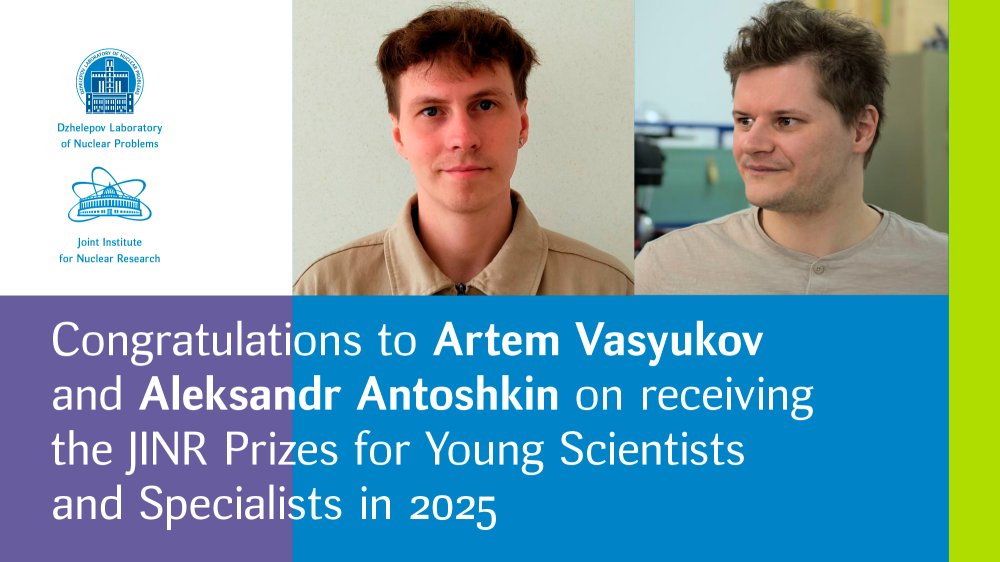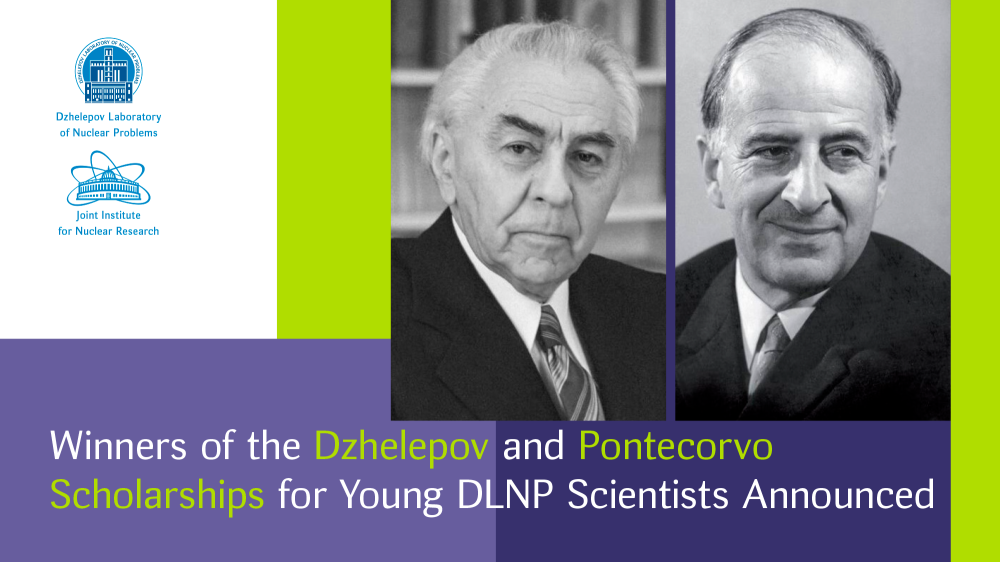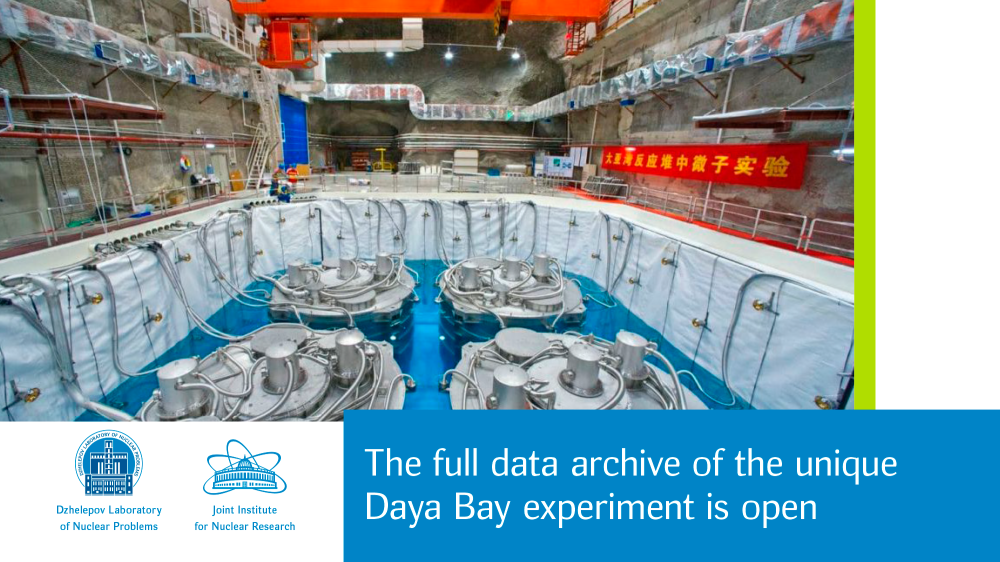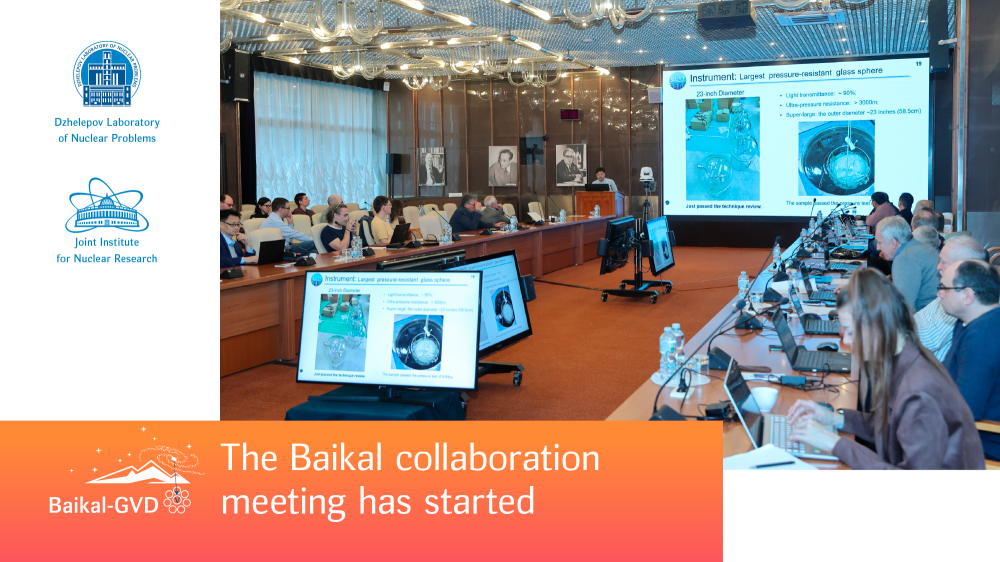Assembly Equipment for the T2K Near Detector Active Target
Staff members at the DLNP Design Department (DD), along with the DLNP Experimental Department of Multiple Hadronic Processes (EDMHP), have manufactured the equipment for assembling the active target (new SuperFGD type) of the Near Detector ND280 in the T2K experiment (the project was approved by the JINR Programme Advisory Committee on Particle Physics in June 2021). The unique SuperFGD target comprises about two million scintillation cubes pierced in three directions by fibers spaced one centimetre. Young specialists at the DLNP Design Department conceived and compiled under the guidance of Nikolay Vasilevich Kirichkov a requirements specification where they put together all the possible parameters of designing the assembly equipment for the target of this kind. One of those who significantly contributed to the manufacture was Andrey Vladimirovich Shaykovsky, the head of the DD Group of Electrophysical Equipment.

 Project group in the assembly hall (building 5) | Photo by Ilya Vasilyev
Project group in the assembly hall (building 5) | Photo by Ilya Vasilyev
The assembly equipment developed and manufactured by DLNP specialists contains a system to reach the detector from above for assembling its components, a platform housing the detector during technological processes, and also shipping containers for transporting scintillators and assembly equipment components.
The assembly platform is a table with a lattice-shaped top made of steel plates. There is a box placed on the steel plate edges. The active target will be assembled in this box with a great accuracy. The reach-from-above platform allows varying the height and will be used for inserting vertical wavelength-shifter fibers through cube layers.
These engineering designs were repeatedly discussed and defended during public talks of the corresponding T2K subgroups. Moreover, calculations of the seismic stability of the equipment were presented. Our designers (A. V. Shaykovsky, A. O. Brazhnikov, A. A. Lavrentev) have assembled the base and the platform and performed a load test of the structure.
 In the assembly hall. M. Khabibullin (INR of RAS), N. V. Kirichkov (DLNP ED) | Photo by Aleksandr Kolesnikov
In the assembly hall. M. Khabibullin (INR of RAS), N. V. Kirichkov (DLNP ED) | Photo by Aleksandr Kolesnikov
Specialists of the INR Department of High-Energy Physics under the guidance of the department’s head Yury Grigorevich Kudenko visited our Laboratory several times. Our colleagues could take a look at the outcome of tenacious and thorough work of DD design engineers and EDMHP specialists and estimate the high quality of the structure.
Noteworthy is that this project was made from scratch by the team of young engineers who started their careers at our Institute not so long ago. All the necessary management and technology stages were passed, including the undersigning of the Protocol on cooperation in science and technology with INR, compiling the requirements specification, drafting, designing, and engineering.
Despite the seeming simplicity of the equipment, its development had to meet a large number of different requirements, and a large number of calculations of static and dynamic load had to be made using the finite element method. Detailed reports and operation documentation were drawn up and presented to T2K colleagues and designers.
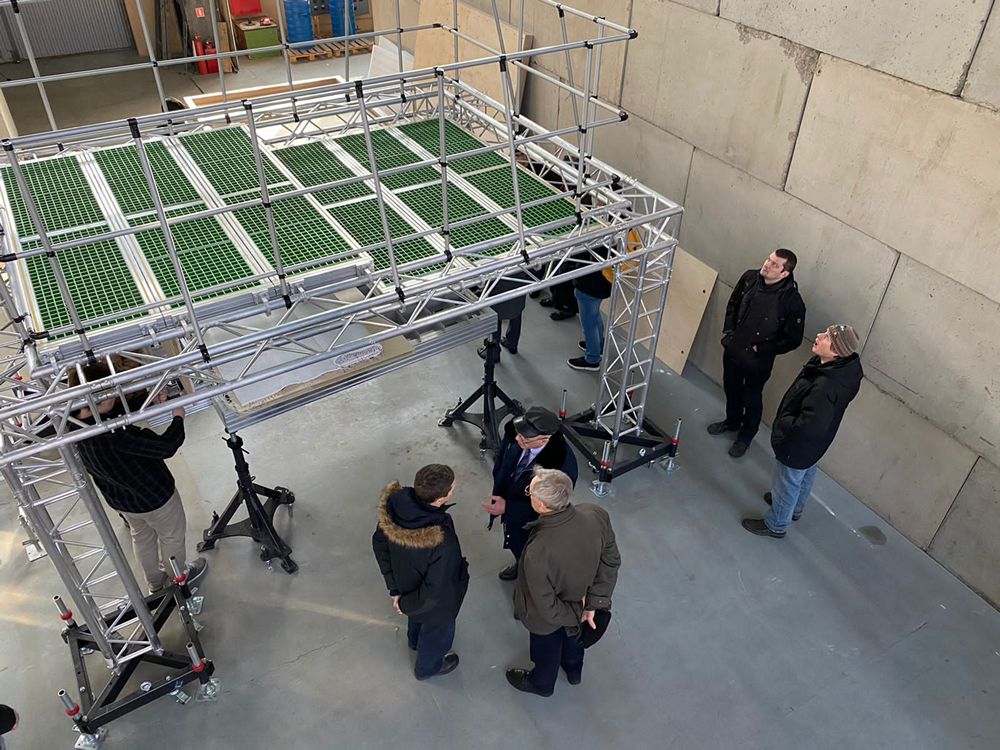 In the assembly hall. In the middle: V. V. Glagolev, Yu. G. Kudenko, N. V. Kirichkov | Photo by Aleksandr Kolesnikov
In the assembly hall. In the middle: V. V. Glagolev, Yu. G. Kudenko, N. V. Kirichkov | Photo by Aleksandr Kolesnikov
The equipment is being prepared to be transported first to INR of RAS, and then to J-PARC, the proton accelerator complex in Japan. It is worth noting that the experience acquired by engineering designers is really valuable, the interaction between experts at DLNP experimental departments becomes seamless, and so does the cooperation with colleagues at leading scientific centres of our country.
N. V. Kirichkov, V. V. Glagolev, Yu. I. Davydov


